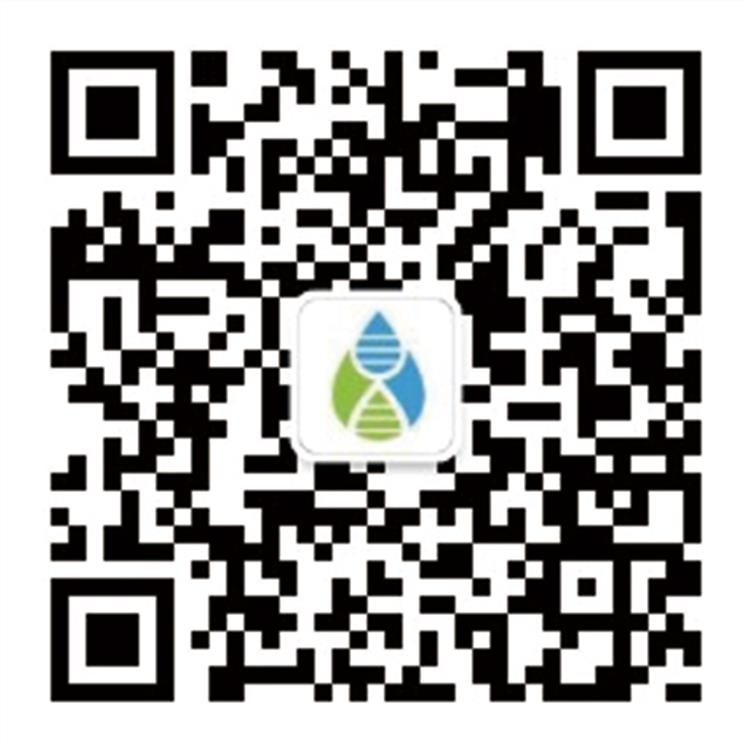A latest research titled “Efficient Solar Energy Conversion via Bionic Sunlight driven lon Transport Boosted by Synergistic Photoelectric/Thermal Effects” has been published by the Institute in Energy&Environment Science (2022 Impact Factor: 39.714).
The first author of the paper is Professor Wang Gui of the School of Environment and Municipal Engineering, Professor Wang Lei and Associate Professor Zhang Yufei of are corresponding authors, and Associate Professor Huang Bo from Xi'an Jiaotong University provides important support for the research. Master students Wang Di, Song Zeyuan, Jiang Na, etc. participated in the research. The research is sponsored by National Key R&D Program and National Natural Science Foundation. In addition, Shaanxi Provincial Key Laboratory of Membrane Separation Technology and Shaanxi Provincial Key Laboratory of Environmental engineering also provided great supports.
In response to the environmental and resource issues brought about by traditional energy sources such as fossil fuels, China has clearly proposed the strategic goals of "carbon emission peaking" and "carbon neutrality" to promote economic and social development on the basis of efficient resource utilization and green and low-carbon development.Ocean salinity energy is a blue clean energy stored in seawater, brine, and high salt wastewater. Due to its rich storage capacity and renewable nature, it has received widespread attention from researchers. The efficient ion transport function in biological cell membranes provides new inspiration for improving the recovery efficiency of salt energy. In particular, biological Ion channel have aroused extensive interest in intelligent responsive ion transport, including PH, temperature, light and other external stimuli. Among them, sunlight is considered a major ion transport driving force for precise regulation of ion transport processes due to its wide natural range of existence and unique flexibility in irradiation position, intensity and direction. Although researchers have preliminarily indicated the possibility of using light to regulate the behavior of ion transport, it is still a challenging task to achieve fast and efficient selective ion transport in biological channels under natural sunlight, thus enhancing the efficiency of salt differential energy conversion.
In this study, the optoelectronic/ Photothermal effect coupling is realized by constructing two-dimensional heterogeneous Ti3C2Tx-g-C3N4/ chitosan (TCC) nanochannels, thus achieving efficient photoresponsive ion transport function. Based on the coupled Poisson Nelster Planck theory, numerical simulation of Einstein Stokes theory and Density functional theory (DFT) calculation and other analysis of the mechanism of photoresponsive ion transport, it is pointed out that under the irradiation of sunlight, thanks to the Electronic band structure of the channel building unit, the photoexcited carriers are effectively separated in the TCC heterogeneous channel, and the formed built-in electric field effectively promotes the selective transmission of ions in the nano channel; Meanwhile, due to the photothermal conversion characteristics of the Ti3C2Tx unit, a temperature field is synchronously formed in the nanochannel. Under the influence of photoelectric/thermal synergistic effects, ions exhibit rapid and active responsive transport within confined nanochannels. In terms of application, the author conducted a study on improving the efficiency of salt differential energy recovery by utilizing the unique photo responsive ion transport effect of TCC heteromembrane. In the simulated seawater/river water system, the maximum output power of the heteromembrane is 0.95 Wm − 2, which is twice the output power in the absence of light. Based on this, the author further explored the feasibility of utilizing the photothermal/electrical coupling effect to achieve the conversion of ion energy to electrical energy in a concentration free system. Illuminating the g-C3N4/CTS membrane in a concentration free system can also provide a power density of 21.93 mWm − 2 for external loads. In addition, driven by light, ions can also achieve reverse concentration transport from low to high concentrations. Finally, the author also demonstrated through practical outdoor experiments that natural sunlight conditions can be directly used to drive the transport of ions within TCC heterojunction nanochannel membranes.
In this study, the author demonstrated that the photothermal/electrical coupling effect is an effective method for achieving efficient photo responsive ion transport within nanochannels. In addition, the exploration of its application in ion energy recovery confirmed that photo driven ion transport not only improves the efficiency of ion permeation energy recovery in traditional salinity gradient systems, but also achieves effective ion energy recovery under no salinity difference conditions.The realization of the conversion of light energy ion energy electrical energy provides new insights for the sustainable utilization of seawater, salt lake brine, and industrial high salt wastewater, which is of great significance in multiple fields such as the environment, energy, and resources.
Energy & Environment Science is an internationally renowned academic journal published by the Royal Society of Chemistry. The journal, founded in 2008, aims to publish high-quality and innovative academic frontiers and Trans-disciplinary achievements, covering environmental science and energy fields, including environmental pollution and emission reduction, sustainable development, energy conversion, storage, distribution and utilization, and is considered as an important source of top research achievements in the field of environment and energy.

 Chinese
Chinese English
English





